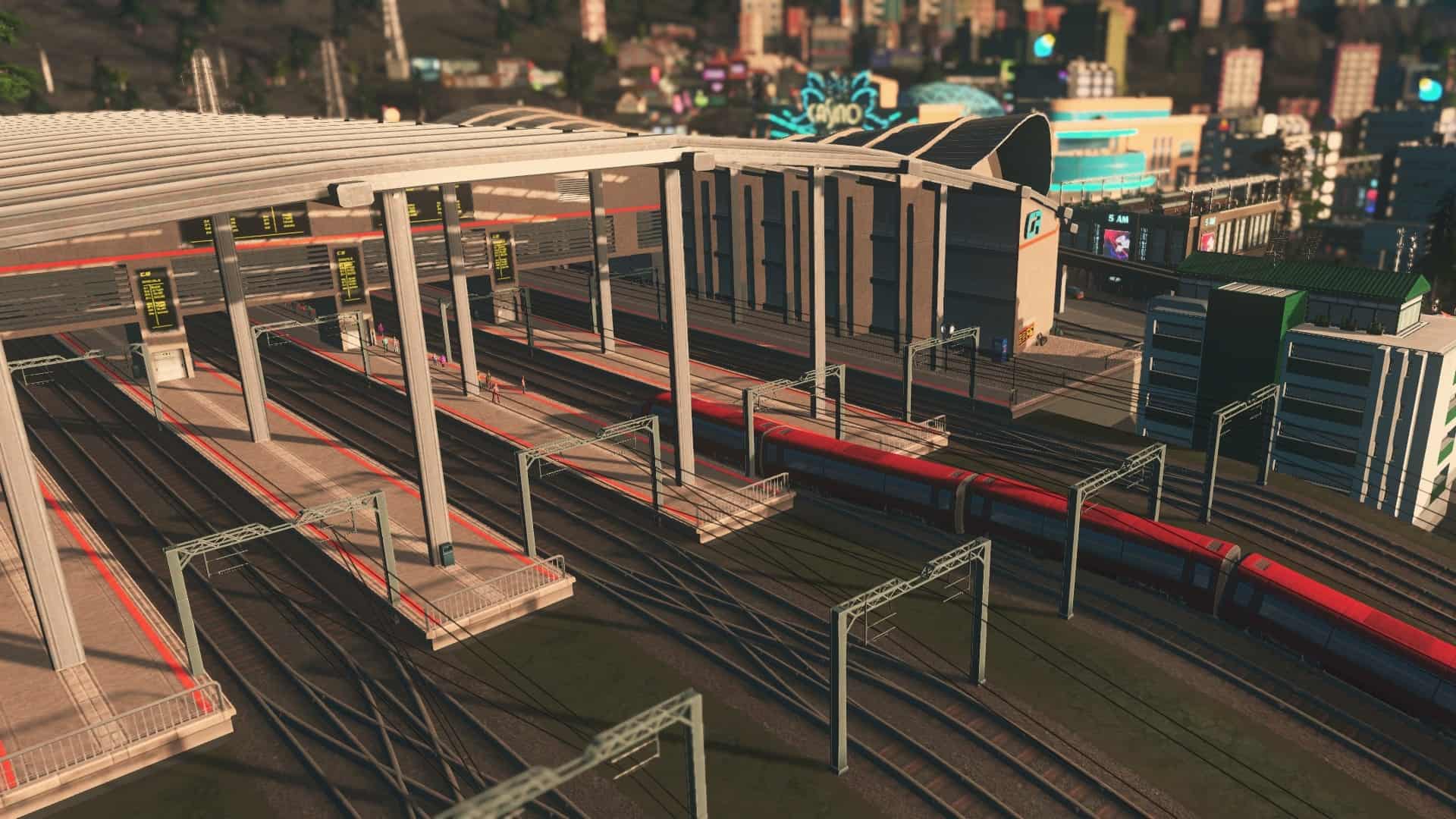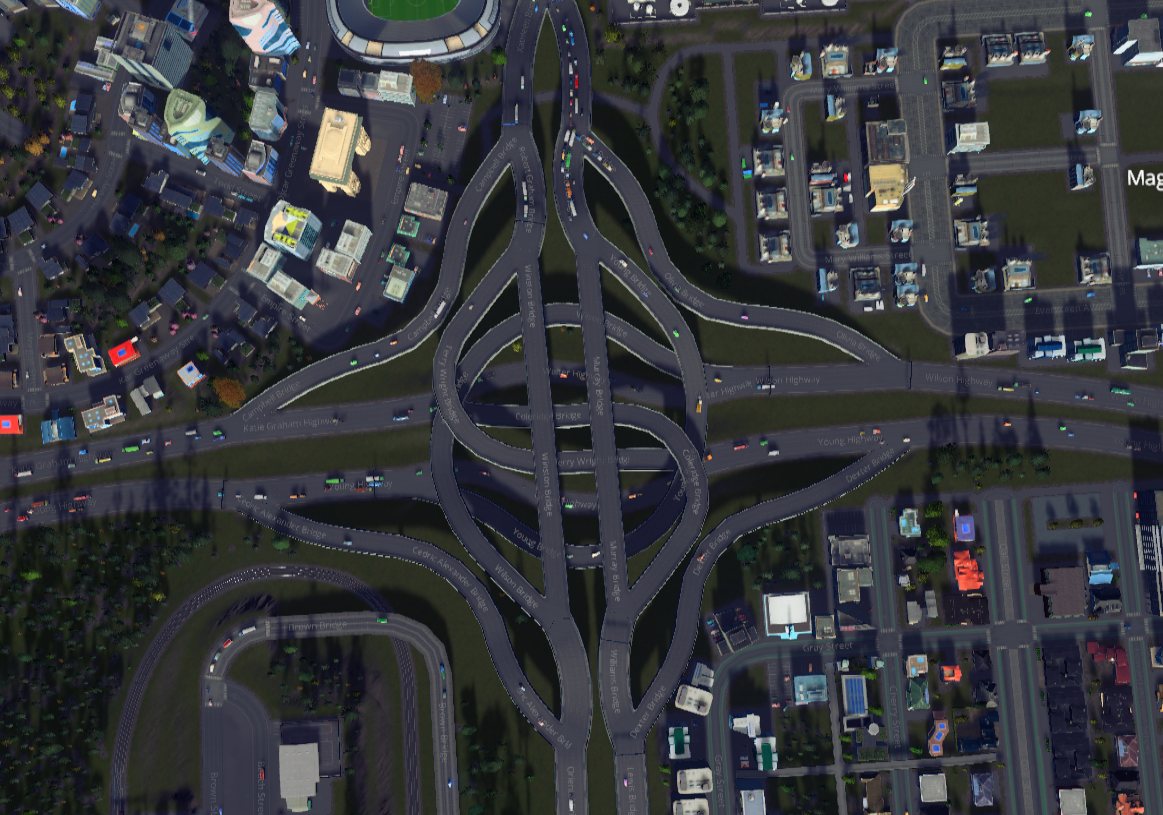

Canals automatically have Pathways that are built with the canals, so for lines that go mostly in canals, you only need to make sure there’s Pathway access to the Depot. Depot also need Pathway connections to lines, so ferries can find their way from the depot to the lines. Pathways are not lines, but markers, sort of watercourses.

Ferries need Pathways so they can find their way from stop to stop. When stops and piers are in place, it’s time to mark where you want the ferries to go. Piers perform well on longer distances with many passengers.

Piers are larger and allow two ferries to dock at the same time. Stops are very small and don’t have a lot of room for waiting passengers, so they work the best on fast routes with lots of vehicles. This setting is also available on other public transport types.Īfter the Depot is placed, you can place Stops and Piers. Every line still gets vehicles automatically. The setting basically shifts the vehicles determined by the budget to go more often to lines where the setting is high, and less often to lines where the setting is low. A new feature is that you can fine tune the amount of vehicles per line when you open the line’s information window. The amount of ferries sent out is determined by the budget.

The Depot can house an unlimited amount of ferries, and they are automatically sent out to lines. The Depot is not connected to any lines, but naturally it needs to have access to lines so it can send out ferries. Once you have a plan, start with placing a Ferry Depot. City centers with canals are also very good places for ferry stops. If you have a city that is partly on islands, ferries are a great option. To get ferries going, first you should check what kind of lines you want to make.


 0 kommentar(er)
0 kommentar(er)
